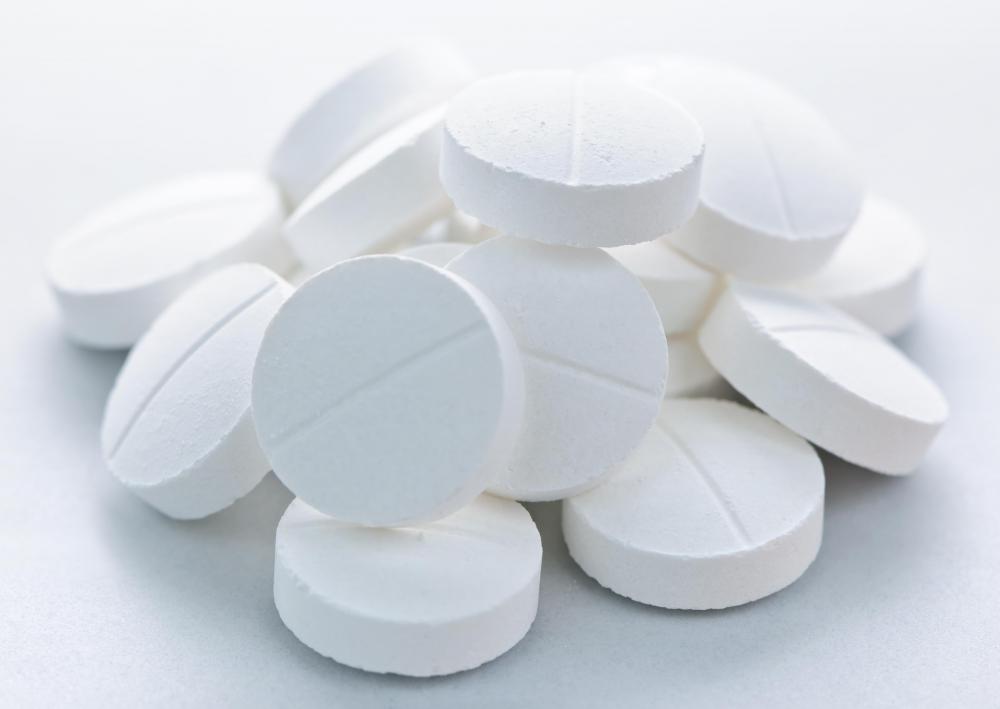At WiseGEEK, we're committed to delivering accurate, trustworthy information. Our expert-authored content is rigorously fact-checked and sourced from credible authorities. Discover how we uphold the highest standards in providing you with reliable knowledge.
How Do I Recognize the Symptoms of Hyponatremia?
Hyponatremia is a medical condition that causes the level of sodium to drop low enough to cause physiological problems. If left untreated, this condition can be life threatening. Recognizing the early symptoms of hyponatremia, such as dizziness, nausea, and swollen hands and feet, can help to avoid a serious, life threatening situation, characterized by muscle spasms, seizure, coma, and respiratory arrest. Hyponatremia is caused most often by congestive heart failure, liver and kidney failure, excessive use of diuretics, vigorous and prolonged exercise, or exercising in extreme heat.
The typical early symptoms of hyponatremia are dizziness, nausea, and puffiness in the hands or feet. Sodium is an essential element in the body which controls the balance of fluid in the cells. The feeling of dizziness common to hyponatremia is the result of the body’s inability to properly regulate blood pressure when sodium levels are low. Puffiness in the extremities is caused by the tendency of cells to retain water and swell when sodium levels drop.

These early symptoms should be watched for if a person suffers from congestive heart failure, kidney failure, liver failure, is on chemotherapy, frequently uses diuretics, or exercises excessively, especially in the heat. Hyponatremia has become a growing problem among marathon runners and triathletes because fluid intake is often stressed during races, and aggressive hydration coupled with excessive sweating quickly depletes sodium. Racers should look for the early signs of hyponatremia as well as a white powdery residue or white lines on their clothing, indicating excessive sodium loss. When these symptoms are observed, a racer should avoid water and quickly check in with a race physician.

Life-threatening symptoms of hyponatremia are muscle spasms, weakness, seizures, or coma. These signs require urgent medical attention. When depleted sodium levels drop to a critical level, brain edema or swelling begins and accounts for these more severe physiological responses. Immediate medical treatment is necessary, or brain edema could lead to respiratory arrest.

Hyponatremia is treated by starting intravenous sodium replacement and administering medications to control the symptoms. A blood test is used to evaluate the sodium loss and establish a baseline from which improvement of the condition can be objectively monitored. Water intake will also be severely limited and closely monitored or completely restricted. The cause of the hyponatremia will be determined and treated if necessary.
AS FEATURED ON:
AS FEATURED ON:















Discuss this Article
Post your comments